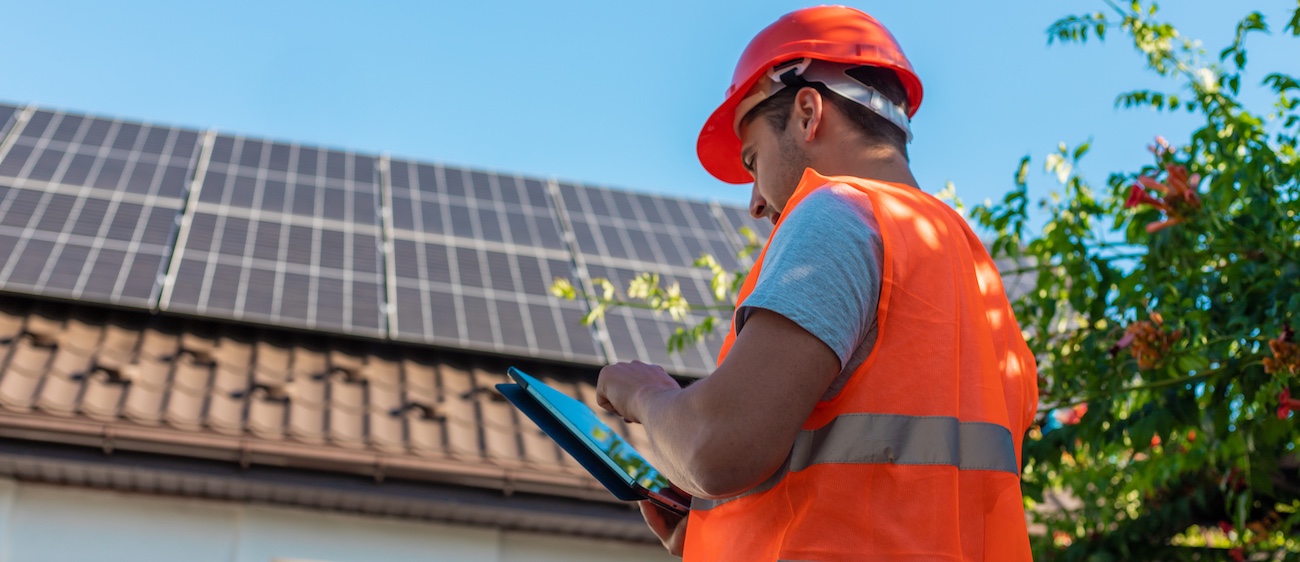Make It Here: Building Australia's Clean Industrial Future
The world’s clean technology future can be made in Australia
May 2024
$215 billion in cumulative revenue and up to 53,000 additional ongoing jobs by 2035
Could be created if Australia takes bold action to boost Australian manufacturing capabilities and grow five onshore cleantech supply chains. Australia possesses the necessary natural resources, innovation capabilities, and manufacturing capacity to play an important role in the global energy transition. Smart investment in supply chains is critical for Australia’s energy security, long-term jobs market and decarbonisation efforts.















.jpg)






%201.webp)
